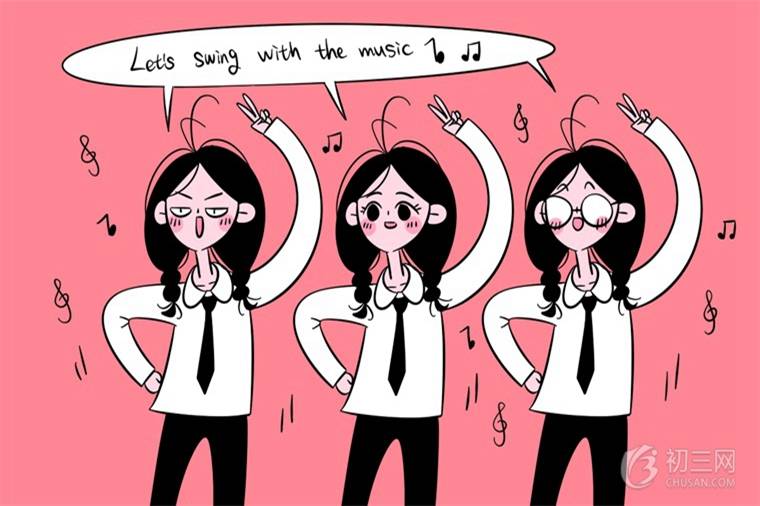请选择
对于多数初中同学来说,英语语法的学习都是一大难点下面初三网小编就大家整理一下初中英语语法重点知识点总结,仅供参考。

过去完成时与一般过去时的区别
从用法上说,一般过去时表示过去某时发生的动作或存在的状态,而过去完成时则表示过去某一时间以前(即过去的过去)发生的动作或存在的状态。但有时某个动作虽然发生在“过去的过去”,但却也可用一般过去时,如:
(1) 当几个过去的动作用and, then, but等连接,且按照动作发生的先后顺序表达时,几个动作均可用一般过去:
I bought a radio but lost it. 我买了一部收音机,但丢了。
Very soon she apologized and left. 不久她表示了歉意就走了。
He retired and wrote his memoirs. 他退休了,撰写了他的回忆录。
He stood up, took his coat and went out. 他站起身来,拿起外套,然后就出去了。
The little girl alternately sulked and made scenes. 这小姑娘一会儿生闷气,一会儿和人吵架。
(2) 由after, before, as soon as 等连词引导时间状语从句,由于这些连词已经清楚地表明了主从句谓语动词的先后顺序,所以对于先发生的动作也可用一般过去时表示:
I told them the news after you (had) left. 你走后我把这消息告诉了他们。
As soon as I (had) put the phone down it rang again. 我刚把电话一放下,它又响了。
句式部分
1.陈述句
肯定陈述句
a) This is a book. (be动词)
b) He looks very young. (连系动词)
c) I want a sweat like this. (实义动词)
d) I can bring some things to school. (情态动词)
e) There’s a computer on my desk. (There be结构)
否定陈述句
a) These aren’t their books.
b) They don’t look nice.
c) Kate doesn’t go to No. 4 Middle School.
d) Kate can’t find her doll.
e) There isn’t a cat here. (=There’s no cat here.)
2. 祈使句
肯定祈使句
a) Please go and ask the man.
b) Let’s learn English!
c) Come in, please.
否定祈使句
a) Don’t be late.
b) Don’t hurry.
形容词和副词的用法
1)形容词是用来描写或修饰名词或代词的一类词。
2)在句中主要做定语和表语等成分。做定语时修饰名词或代词(一般为不定代词),修饰名词时常放于名词前,修饰不定代词时常放于不定代词后,做表语时和系动词连用,构成一个系表结构。
返回动词的时态目录
11.2 一般过去时的用法
1)在确定的过去时间里所发生的动作或存在的状态。例如:时间状语有:yesterday, last week, an hour ago, the other day, in 1982等。
2)表示在过去一段时间内,经常性或习惯性的动作。
以上就是初三网小编为大家整理的 初中英语语法重点知识点总结。